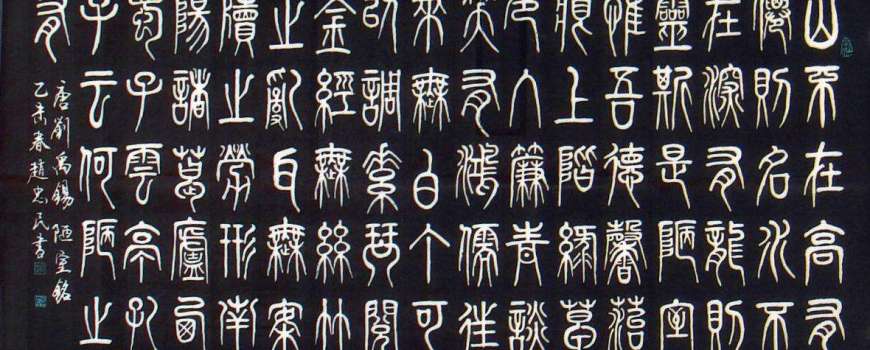8 Reasons Why You Should Learn Chinese
It will only take [est_time] to read this post! “千里之行﹐始于足下” (Qiānlǐ zhī xíng, shǐ yú zú xià) “A journey of a thousand miles begins with a single step….” – Chinese proverb For most people whose native language is English, learning a language is not only difficult and time-consuming but often not worth the time and… Read More



